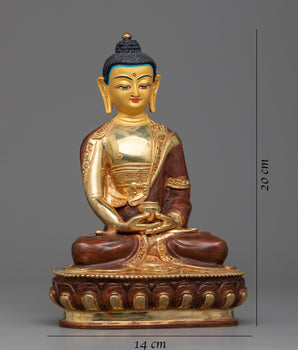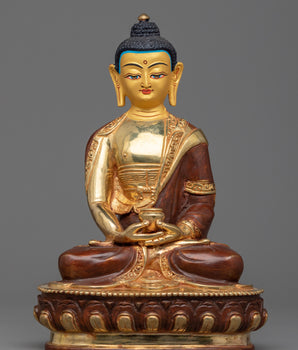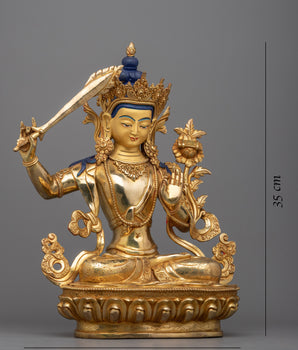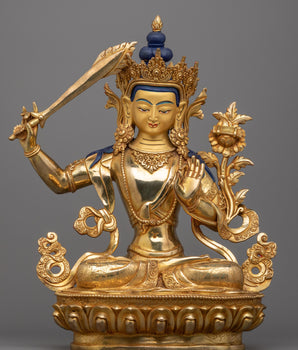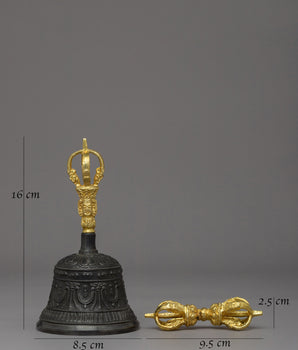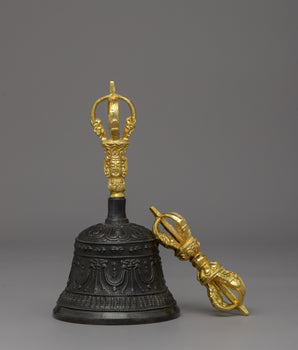















Handmade Ritual Dagger Phurba | Symbol of Power and Protection

100% AUTHENTIC

HANDMADE

FREE SHIPPING
Handmade Ritual Dagger Phurba | Spiritual Protection Dagger
--------------------------------------------
Size: 50.5cm(Height) x 28cm(Width)
Weight: 5.58kg
Materials: Copper Body
--------------------------------------------
About The Ritual Item :
This magnificent Handmade Ritual Dagger Phurba is a symbol of spiritual strength and ritual importance. The Phurba, expertly fashioned from copper, has complex decorations that exhibit traditional symbols representing protection, transformation, and anchoring. The dagger's sharp, tri-bladed design represents the cutting through of illusion, bringing clarity and spiritual enlightenment. Its intricate design incorporates symbolic images and holy imagery, such as many faces and beautiful patterns, to represent the manifestation of divine forces and protection.
The Phurba is commonly used in Tibetan rituals to invoke deities and spirits, thereby removing negativity and bringing harmony. The three blades signify the unity of mind, body, and spirit, with each aspect working in tandem to effect significant change. This Handmade Ritual Dagger is not just a weapon for spiritual ceremonies, but also a powerful, beautiful piece that exudes spiritual energy. The craftsmanship reflects traditional Tibetan creativity and demonstrates a strong connection to Buddhist ceremony.
This Handmade Ritual Dagger Phurba combines beauty and spiritual energy, making it an ideal addition to your collection. With its intricate craftsmanship and rich meaning, it is an excellent piece for individuals looking to deepen their spiritual practice or add a one-of-a-kind antique to their collection. Paired with the spiritual meaning of the Phurba, assures that it will serve as a focal point in any space.
Introduction To The Phurba :
The ceremonial dagger (Sanskrit: Kila; Tibetan: phurba) is essential for expelling evil and is considered particularly effective in neutralizing the forces obstructing Tantric Buddhist practice. It has ancient origins, first appearing in the Indian Rig Veda as the core blade of the vajra used by Indra to destroy the primordial cosmic snake Vritra. Kila, derived from Sanskrit, was most likely associated with Vedic sacrifices. Meditation on the Vajrakila Tantra, an early Indian scripture first promoted in Tibet in the eighth century by Padmasambhava, one of the founding teachers of Tibetan Buddhism, is used to invoke the three-headed Vajrakila Buddha.
How to Set Up Your Buddhist Shrine?
Find a clean, quiet, and uncluttered spot.
Please set up an altar table and cover it with an altar cloth that calls to you.
Place your sacred item (statue, thangka, or a picture of Buddha) at the center.





















